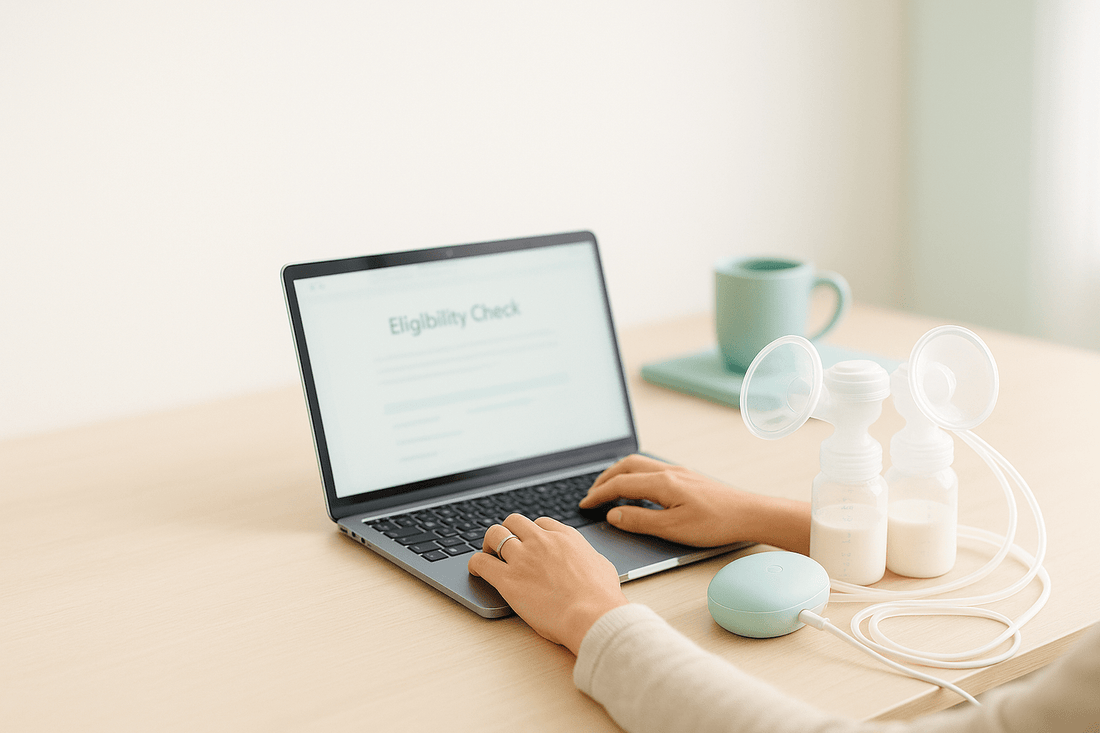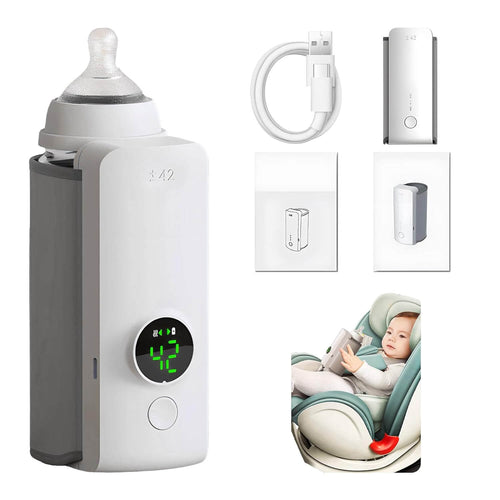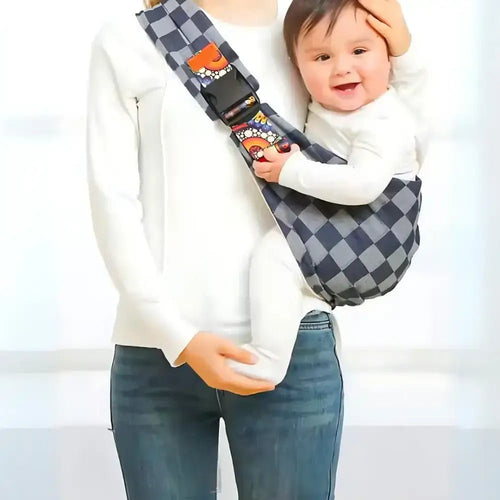
Aeroflow Breast Pumps: Insurance Steps & Options
You can often obtain a breast pump through insurance, but details vary by plan. This guide walks you through Aeroflow’s verification process, clarifies what the Affordable Care Act (ACA) typically covers, explains Medicaid differences by state, and shows how to compare pumps using measurable specs—so you can shop confidently.
How Aeroflow’s process works
- Submit eligibility info: Fill a short form (insurance, due date/baby’s DOB, contact).
- Benefit verification: Aeroflow checks your plan to confirm coverage, timing, and model options.
- Doctor’s prescription: Some plans require a Rx; Aeroflow can coordinate with your provider.
- Choose your pump: Pick from eligible models (double electric, wearable, or manual as allowed).
- Ship & support: Your pump ships; you receive basic setup resources and support.
If you choose to apply through Aeroflow: Start eligibility check ↗
(External link; coverage depends on your plan and state.)

ACA coverage basics & Medicaid notes
- ACA basics: Many U.S. health plans cover a personal-use breast pump and lactation support. Coverage can mean purchase or rental, and may specify timing (e.g., third trimester or postpartum).
- Plan variation: Models, vendors, and documentation requirements (Rx, pre-authorization) differ. Always confirm with your plan.
- Medicaid: State rules vary—eligibility, model lists, and timing differ by state. Check state Medicaid guidance or ask Aeroflow during verification.
- Not always “free”: Some plans may have constraints or cost-sharing; verify details before ordering.
- “Hospital-grade” wording: The term is not formally defined by the FDA. Compare measurable specs instead (see below).
How to compare pumps (mmHg, dB, closed system)
Skip vague marketing. Use measurable specs and real needs:
- Maximum suction (mmHg): Higher isn’t always better—aim for comfortable, effective suction.
- Noise (dB): Under ~45–50 dB is a quiet “soft hum,” helpful for shared spaces and night sessions.
- Closed vs open system: Closed systems add backflow protection and simplify hygiene.
- Portability: Weight <2 lb and a rechargeable battery help on the go.
- Controls: Modes (stimulation/expression) and adjustable cycles (CPM) support let-down and efficient emptying.
- Fit & comfort: Flange size in millimeters affects output—see tips below.
Pump types: double electric vs wearable vs manual
| Type | Best for | Pros | Watch-outs |
|---|---|---|---|
| Double electric | Daily pumping, return-to-work, supply maintenance | Efficient on both sides, robust control, often quieter | Desktop unit with tubing/bottles; needs a surface |
| Wearable | Mobility, discreet pumping while moving | Hands-free, in-bra cups, great for multitasking | Output can vary; cleaning may be more involved |
| Manual | Occasional use, travel backup | Lightweight, affordable, no battery | One-sided and slower for frequent routines |
Flange sizing (mm) & comfort tips
Measure nipple diameter in millimeters (exclude areola) and choose the closest flange size. A good fit reduces friction and can improve output. If you feel pinching/rubbing or see blanching, try one size up/down or consult an IBCLC.
- Session pacing: Start in stimulation mode, then switch to expression once milk flows.
- Lowest comfortable level: Increase suction only until milk moves well—more isn’t always better.
- Between sessions: For surface soreness, some parents use silver nursing cups between feeds/pumps—remove before nursing or pumping.
Cleaning & safe milk storage (quick chart)
- Parts care: Wash milk-contact parts with hot, soapy water after each use; air-dry on a clean rack. Sanitize per brand instructions.
- Fresh milk storage: Room ≤77°F (25°C): up to 4 hours · Refrigerator: up to 4 days · Freezer: ~6 months best (≤12 months acceptable).
- Thawed milk: Use within 24 hours in the fridge; do not refreeze.
FAQ
Is a breast pump free under the ACA?
Many plans cover a personal-use electric pump and lactation support, but details vary by plan (model lists, timing, Rx, pre-auth). Verify your benefits first.
When can I order my pump?
Plans differ: some allow third-trimester orders, others postpartum. Aeroflow’s team confirms timing when they verify your benefits.
Does Medicaid cover pumps?
Often yes, but rules are state-specific—eligible models and documentation vary. Ask during verification or check your state program.
What does “hospital-grade” mean?
It’s not an FDA-defined standard. Compare measurable specs instead: closed system, max suction (mmHg), noise (dB), and intended use (personal vs. rental).
Can I pick a wearable pump?
Some plans approve wearables; others prefer traditional double electric models. Your eligibility check clarifies what’s covered.


